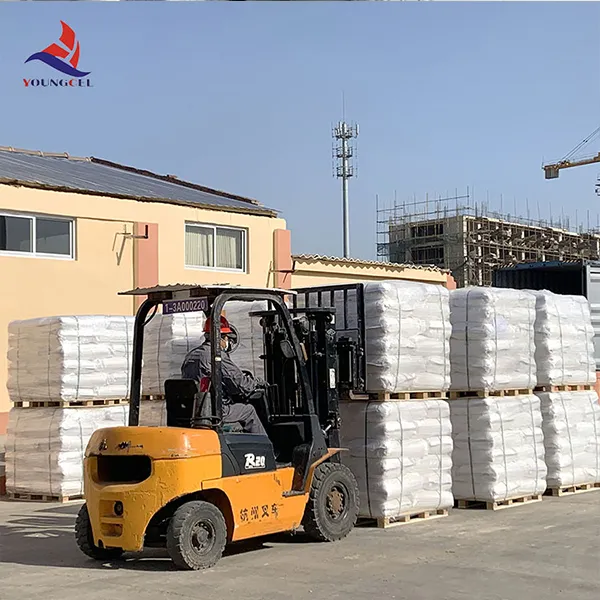The Role of Meilose HPMC in Modern Formulations
In the ever-evolving landscape of pharmaceutical and food industries, excipients play a pivotal role in shaping the performance and effectiveness of formulations. One such excipient that has gained significant attention is Hydroxypropyl Methylcellulose (HPMC), often referred to in branded forms such as Meilose HPMC. This article explores its properties, applications, and significance in various sectors.
What is Meilose HPMC?
Meilose HPMC is a derivative of cellulose, a natural polymer that undergoes chemical modification to enhance its functional properties. It is produced by the reaction of alkali cellulose with propylene oxide and methyl chloride, resulting in a multi-functional compound with outstanding thickening, gelling, and film-forming abilities. This versatility makes Meilose HPMC valuable in a multitude of applications.
Properties of Meilose HPMC
One of the primary attributes of Meilose HPMC is its ability to form a clear and stable gel when mixed with water. This property can be particularly advantageous in pharmaceutical formulations where a stable viscosity is crucial for dosage forms like gels and suspensions. Furthermore, Meilose HPMC is non-ionic, which makes it compatible with a wide variety of other substances, including electrolytes and surfactants.
Another noteworthy characteristic is its controlled-release property. The cellulose derivative can regulate the release of active pharmaceutical ingredients (APIs), making it an excellent choice for developing extended-release formulations. This feature not only enhances therapeutic efficacy but also improves patient adherence to medication regimens.
meilose hpmc

Applications in Pharmaceuticals
In the pharmaceutical industry, Meilose HPMC is widely used as a binder, thickener, and film-coating agent. It is often incorporated into tablets and capsules to ensure uniformity and stability. Its ability to retain moisture helps prevent the premature disintegration of tablets, ensuring that the medication is delivered effectively in the body.
Moreover, in the realm of sustained-release dosage forms, Meilose HPMC is a popular choice due to its gel-forming capabilities, which allow for the controlled release of drugs over an extended period. This prolonged action can lead to reduced side effects and improved therapeutic outcomes, which is particularly beneficial for chronic conditions requiring long-term treatment.
Applications in Food Products
Beyond pharmaceuticals, Meilose HPMC is also utilized in the food industry. It serves as a thickener, emulsifier, and stabilizer in various food formulations. Products like sauces, dressings, and bakery goods benefit from its ability to improve texture and shelf-life. The compound can also aid in fat replacement, making it an attractive option for low-fat or reduced-calorie products.
Conclusion
Meilose HPMC is a versatile and functional excipient with significant applications in both pharmaceuticals and the food industry. Its unique properties allow for enhanced formulation stability, controlled release, and improved texture in food products. As industries continue to innovate, the role of Meilose HPMC will likely expand, paving the way for new formulations that meet the evolving needs of consumers. As research continues to uncover more about this compound, its potential applications seem limitless, signaling a bright future for Meilose HPMC in both existing and emerging markets.
-
Rdp Powder: Key Considerations for Wholesalers in the Building Materials IndustryNewsJul.08,2025
-
Key Considerations for Wholesalers: Navigating the World of Hpmc - Based ProductsNewsJul.08,2025
-
Hpmc Detergent: Key Considerations for WholesalersNewsJul.08,2025
-
Key Considerations for Wholesalers: China Hpmc For Tile Adhesive, Coating Additives, Concrete Additives, and MoreNewsJul.08,2025
-
Crucial Considerations for Wholesalers: Navigating the World of Construction MaterialsNewsJul.08,2025
-
Key Considerations for Wholesalers Sourcing Additive For Cement, Additive For Concrete, Additive For Putty from Additive Manufacturer Shijiazhuang Gaocheng District Yongfeng Cellulose Co., Ltd.NewsJul.08,2025




